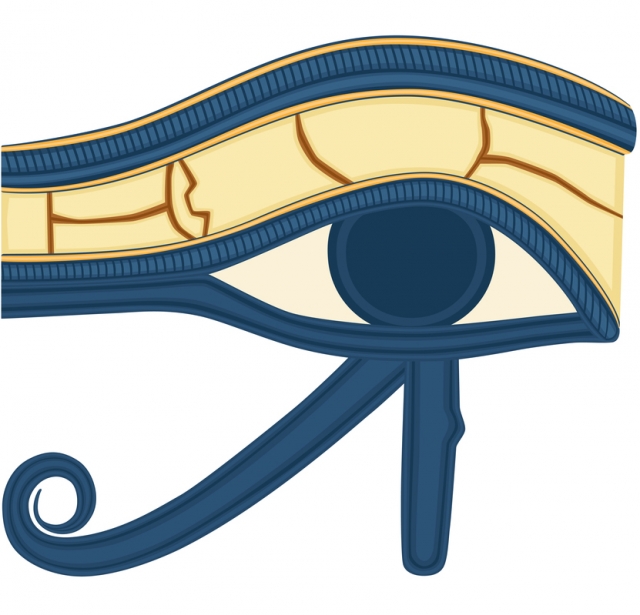Religion and Beliefs in Ancient Egypt: Lesson Plans
Lesson Plans

Religion and Beliefs in Ancient Egypt: Lesson Plans
Lesson Plans 1 & 2: Introduction to what Egyptians believed. How do we know?
Polytheistic, gods, goddesses, creation. Wall paintings, gods and preparation for the afterlife. Comparison of Christian creation story to that of Ancient Egypt.
Lesson Plan 3: Myth, Ra, Osiris, Isis, Horus. Beliefs and attitudes of the past. Religious diversity: Wall paintings, gods and preparation for the afterlife.
Lesson Plan 4: Bastet and sacred cats. Anubis and the Jackal, The scarab Beetle, Sobek and crocodiles, Tauret and hippos. Investigation into use of animals as representation.
Lesson Plans 5 & 6: Luxor, Akhenaten, Guisa, Valley of the Kings.
Pupils to use archaeological electronic reconstructions to make virtual tours, learning about structure and use of different parts. Then design/build their own.
Lesson Plans 7-9: Festival, Opet, celebration. Pupils compare Ancient Egyptian festivals to modern such as Easter, Diwali etc. Then prepare their own Egyptian festival and celebrate it.
Afterlife, underworld. Book of the dead, weighing of the soul.
Lesson Plans 10 & 11: Pupils investigate spell 125 and others from the Book of the Dead and compare to images. Pupils navigate the tomb of king Tut to see if they can find examples of the Book of the Dead.
Lesson Plan 12: What did the Egyptians believe about death and what happens to you when you die?
Lesson Plans 13 & 14: Embalming, ka, ba, akh, mummification, canopic jar, pyramid, tomb.
Pupils look at the process of mummification and then make their own mummies and canopic jars.
Lesson Plans 15-20: Final activity - Divine kingship, Tomb of Tutankhamun, archaeology. Pupils to navigate the tomb of Tutankhamen and note the influence of religion.
This resource is FREE for Primary HA Members.
HA Members can sign in to access this content or you can Join the HA if you are not already a member.

